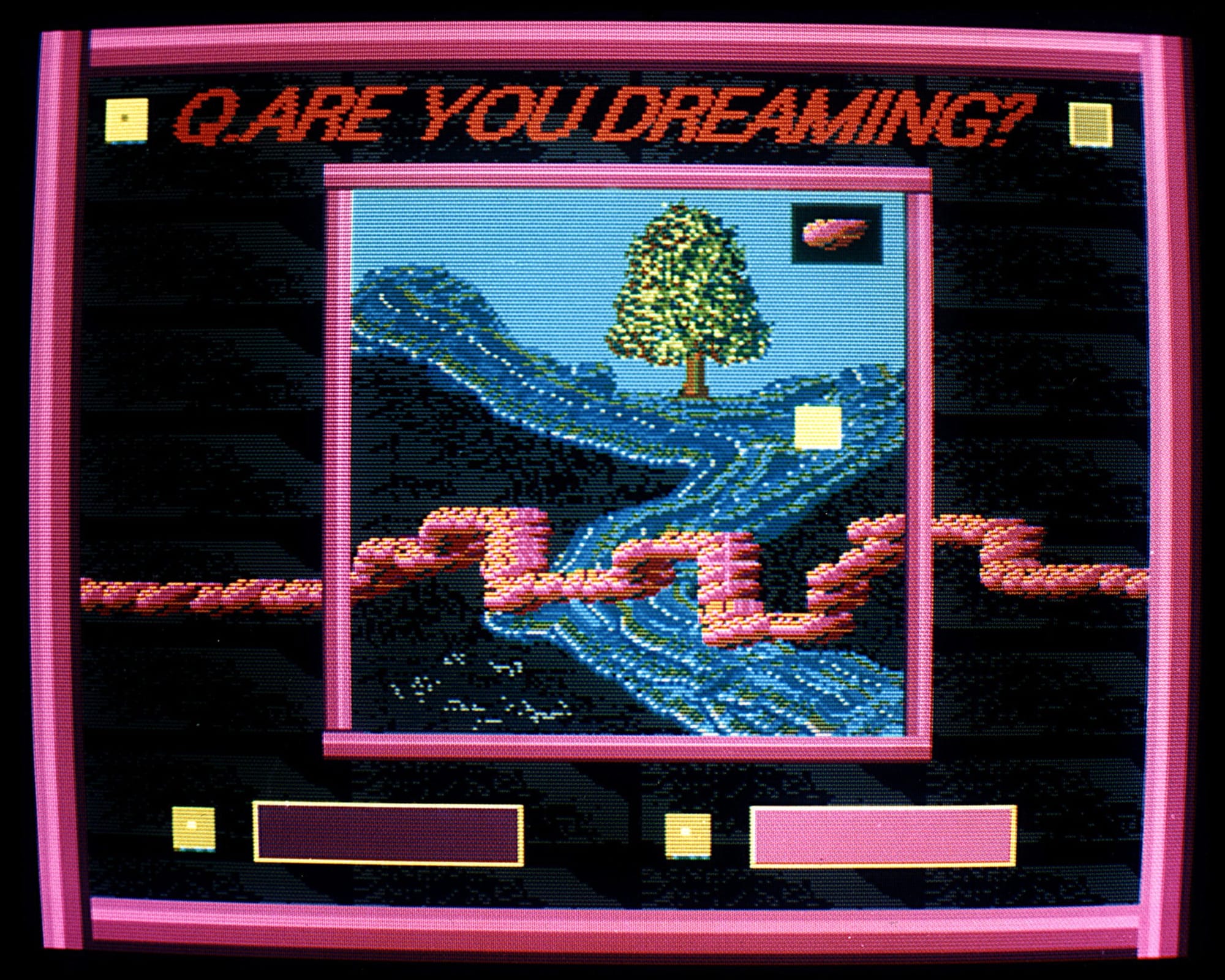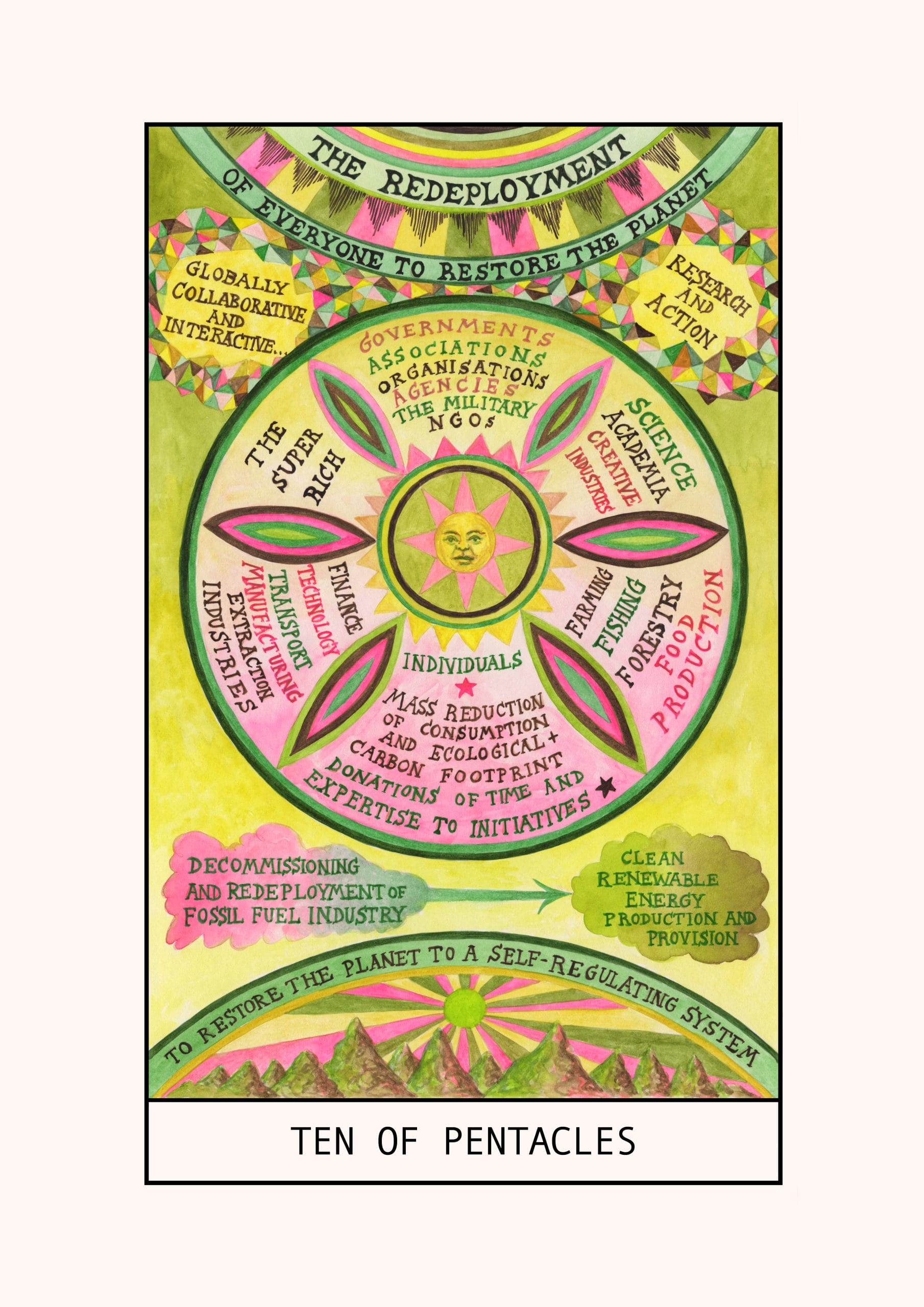EVENT: SUZANNE TREISTER: PROPHETIC DREAMING (OCTOBER 4 2025–APRIL 12 2026, OXFORD, UK)

Suzanne Treister: Prophetic Dreaming
Modern Art Oxford
October 4, 2025 – April 12, 2026 (opening: October 3, 6:30–10pm)
30 Pembroke Street, Oxford, OX1 1BP
United Kingdom
Modern Art Oxford will present the first major UK institutional retrospective of Suzanne Treister, opening October 4, 2025, and running through April 12, 2026. Titled Prophetic Dreaming, the exhibition surveys more than four decades of Treister’s wide-ranging practice, mapping her explorations of digital technology, alternative epistemologies, and speculative futures.
Treister, long recognised as a pioneer of digital and para-disciplinary art, has consistently pushed at the boundaries between science fiction, techno-mysticism, and critical inquiry. The retrospective unfolds as both a historical survey and a diagnostic tool for our contemporary condition, where AI, climate collapse, and quantum science intersect with myth and ritual.
The exhibition begins with early paintings from the 1980s, such as Venus on TV on the Moon (1986), works that already hint at the techno-mystical themes that later dominate her practice. Central to the early section is Fictional Videogame Stills (1991–92), a series that has acquired particular resonance within the history of Game Art. At a moment when the medium was largely confined to the commercial sphere, Treister produced hand-painted images that mimicked screenshots from imaginary games. Anticipating by several years the emergence of in-game photography and digital modding as artistic strategies, Fictional Videogame Stills critically reframed videogames as both subject and aesthetic language, positioning them within the discourse of contemporary art. This work has since been recognised as one of the earliest interventions to treat the videogame interface as a site for speculation rather than entertainment.

Other formative digital experiments soon followed, including SOFTWARE (1993–94), in which painted floppy discs and boxes imagined hypothetical applications that foreshadowed the app-based infrastructures of the present.
Several of Treister’s most ambitious multi-year projects are revisited, including Time Travelling with Rosalind Brodsky(1995–2006), a sprawling fictional archive presented through CD-ROMs, videos, costumes, and pseudo-academic documentation. Also included are GOLEM/LOEW: Artificial Life (2002), Operation Swanlake (2004), and the pivotal HEXEN 2039 (2006), which examined military technologies through occult frameworks.

Treister’s investigations into diagrams, tarot, and systems-thinking feature prominently. HEXEN 2.0 (2009–11) traced cybernetics, surveillance, countercultures, and internet histories in a series of alchemical charts and a cult tarot deck. Its sequel, HEXEN 5.0 (2023–25), continues this trajectory, focusing on artificial intelligence, ecological precarity, and quantum speculation. Other recent works on view include the financial techno-garden of HFT The Gardener (2014–15), the transmissions of SURVIVOR (F) (2016–19), and TECHNOSHAMANIC SYSTEMS (2020–23).
The exhibition also debuts Institute of Mystical Earth System Science (2025), a proposal for more than 200 research institutes dedicated to planetary restoration, and AI Quantum Dreaming (2025), a commissioned walking tour that imagines a network of quantum-inspired public sculptures across Oxford.
Coinciding with the retrospective, Treister and cosmogenesis will launch HEXEN 5.0 Tarot, a visionary 78-card deck that fuses planetary technologies, corporate technocracies, mass-extinction tipping points, and animist awakenings. This publication, co-released with a major exhibition catalogue featuring contributions from Lars Bang Larsen, Patricia Domínguez, and Val Ravaglia, extends Treister’s long-standing interest in how diagrams and divination can function as tools of critique.
Prophetic Dreaming underscores Treister’s prescience, humour, and capacity for unsettling prophecy. Her work proposes art as a form of speculative ethnography: a means of decoding the present while sketching possible futures. After Oxford, the exhibition will travel to Muzeum Sztuki in Łódź (2026) and be reimagined by MIMA, Middlesbrough Institute of Modern Art (2027).
